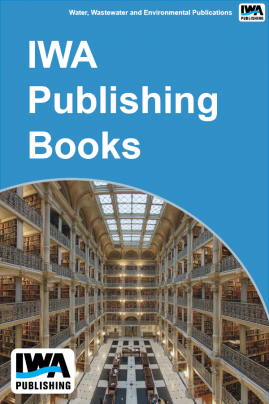 |
Water Residuals to Reduce Soil Phosphorus
Water Residuals to Reduce Soil Phosphorus

Phosphorus in surface runoff from agricultural lands is often implicated in the degradation of surface water quality. Many states are developing soil phosphorus application limits. Utilities must develop and implement new best management practices (BMPs) to control phosphorous.
The objective of this project was to investigate the beneficial use of water treatment residuals (WTRs) to control non-point source (NPS) phosphorus pollution and protect surface water quality. Specifically, the researchers planned to examine the unique chemical characteristics of WTRs, namely the large concentration of aluminum and iron hyrdroxides, to combine them with phosphorus in high phosphorus soils, biosolids, and manures to reduce the likelihood of phosphorus release to aquatic environments.
Several types of WTRs were selected and characterized based on the coagulant used (aluminum and iron based) and their form - dewatered or liquid.
The research developed valuable new insight for the beneficial use of WTRs and demonstrated WTRs' potential as a BMP for phosphorus control in surface runoff from agricultural lands and for protecting surface water quality. In particular, the potential role of WTRs in Phosphorous Index programs was confirmed.
Future research and full-scale demonstrations are needed to confirm the potential of land applied WTRs as a BMP for phosphorus control in runoff from agricultural lands. Land application of WTRs within a utilityメs source water watershed, while subject to local and state regulations, can be implemented as part of an overall watershed protection program.
This book is out of print. If you need information about this, please contact publications@iwap.co.uk [1].
Publication Date: 30/06/2006ISBN13: 9781843399520Pages: 116 |
Print:
|